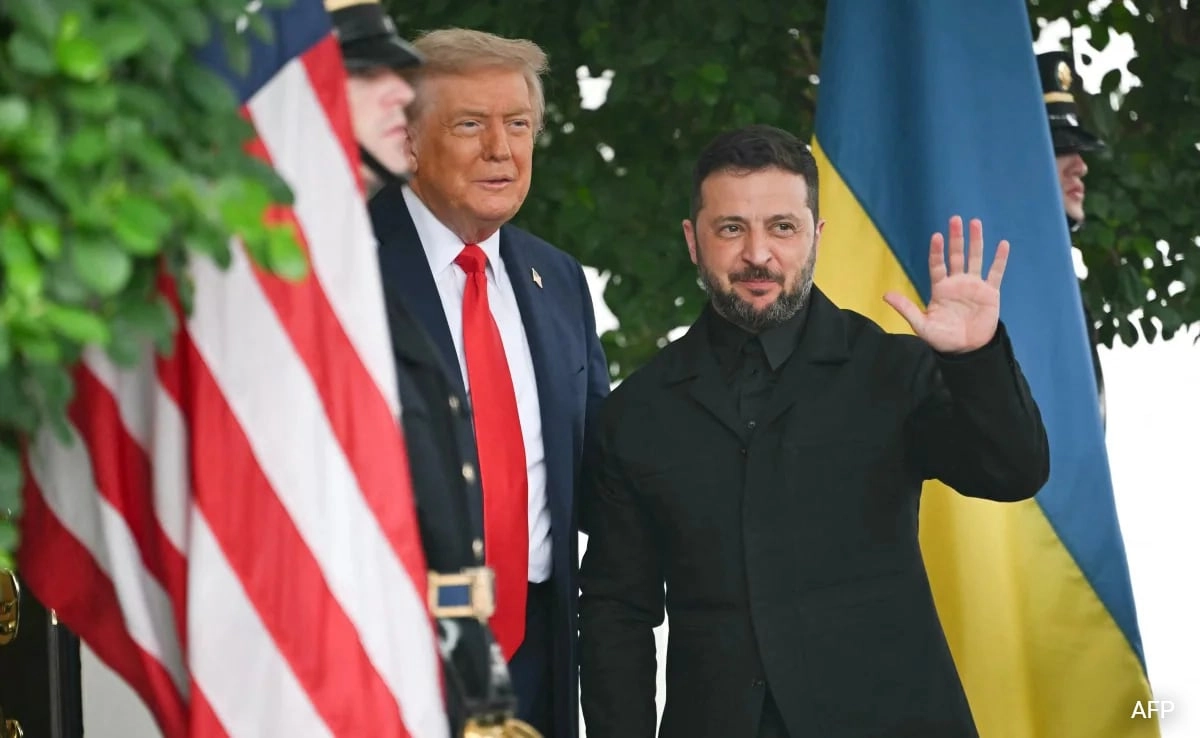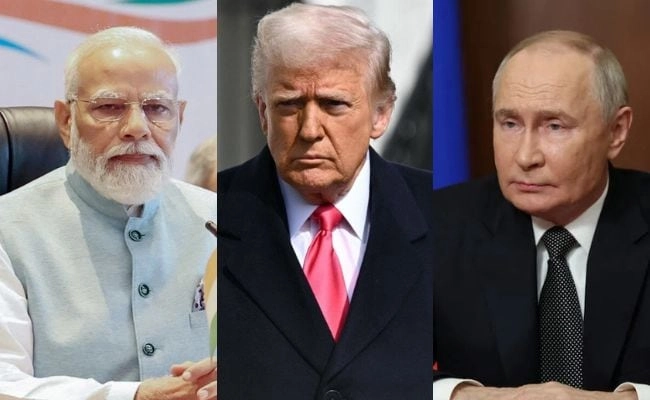In a significant move that has captured the attention of the global trade community, former President Donald Trump has announced revised tariffs that will have a profound impact on the economic landscape between the United States and South Asia. One of the most notable aspects of this revision is the decision to maintain India’s tariff rate at 25%. This decision underscores the complex trade relationship between the U.S. and India, which has been characterized by both collaboration and competition. By keeping the tariffs stable, the Trump administration aims to provide a sense of predictability for American businesses operating in India, which has emerged as a vital market for U.S. exports and investments.
On the other hand, Pakistan has experienced a significant shift in its tariff rate, which has been notably slashed. This reduction is expected to bolster economic ties between the two nations and open new avenues for trade. It reflects a strategic decision by the Trump administration to foster closer relations with Pakistan, possibly in response to geopolitical considerations in the region. The decreased tariffs could encourage American companies to invest in Pakistan, thereby creating jobs and stimulating economic growth in the country. This new approach may also be seen as an effort to balance the U.S.’s longstanding partnership with India while recognizing the strategic importance of Pakistan in South Asian geopolitics.
The implications of these revised tariffs extend beyond mere trade statistics; they could reshape the competitive landscape for various industries. For American exporters, the consistent rate for India means they can continue to engage with a market that has shown robust demand for U.S. goods, from technology to agricultural products. Conversely, the reduced tariffs for Pakistan might attract businesses looking for lower entry costs, potentially leading to increased competition in sectors where both countries vie for market share. In this context, the revised tariffs are not just economic tools but also instruments of foreign policy that reflect the U.S. administration’s broader objectives in South Asia.
As businesses and analysts digest this news, the focus will likely shift to how these tariff adjustments will affect bilateral trade flows and investment decisions in the coming months. Companies will need to navigate the complexities of these changes while also considering the political dynamics that influence trade relationships. Ultimately, Trump’s revised tariffs serve as a reminder of the ever-evolving nature of international trade, where economic interests are often intertwined with diplomatic strategies. Both India and Pakistan will have to adapt to these changes, with the potential for enhanced cooperation or increased competition shaping the future of U.S.-South Asia relations.




